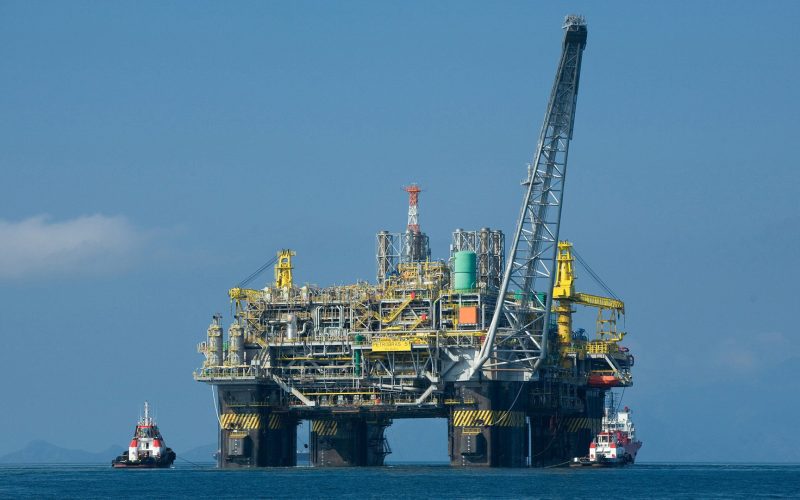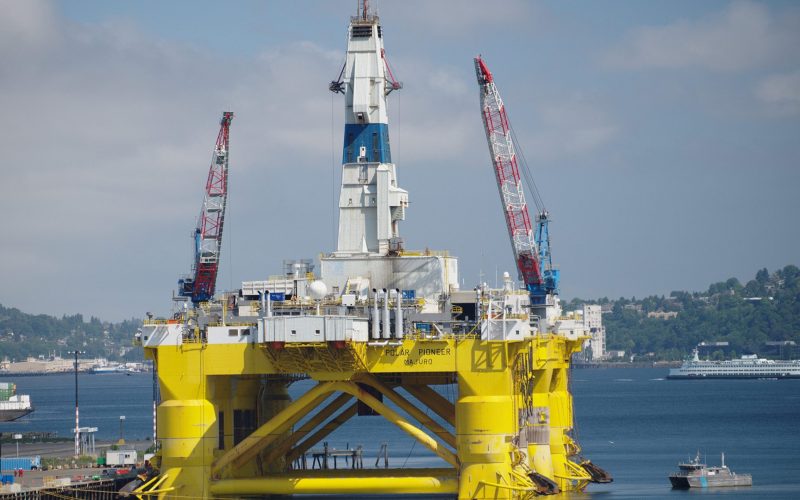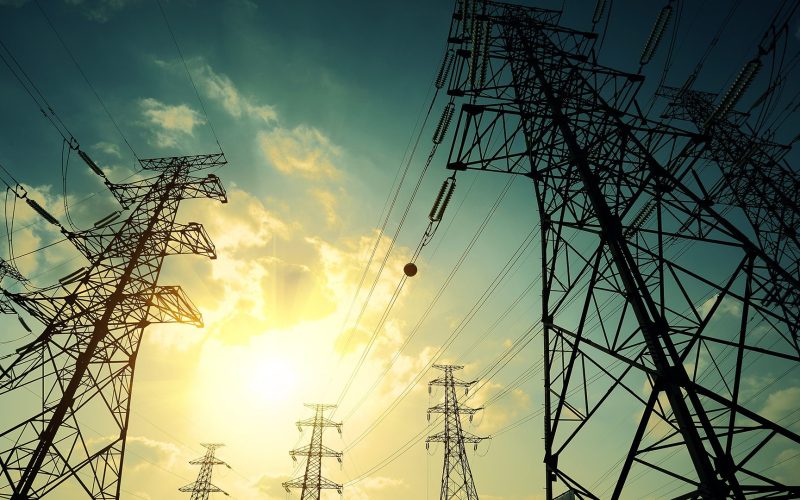THE VOICE FOR THE ENERGY CONSUMER

Consumer Energy Alliance recently hosted Sec. Ryan Zinke at the Offshore Technology Conference where he discussed the importance of American offshore energy exploration. “You should be excited,” Zinke told the.

CEA’s David Holt discussed the importance of unlocking America’s domestic energy resources to help alleviate families burdened by higher energy costs. “By considering new opportunities to develop America’s abundant offshore.

CEA’s David Holt discussed the importance of the price of energy prices for families trying to make ends meet and how recent changes in governmental policies may help reduce that.

WASHINGTON – Consumer Energy Alliance (CEA) President David Holt today released the following statement applauding U.S. President Donald Trump’s executive action to examine new opportunities for domestic energy production and.

A new report from the U.S. Chamber of Commerce looks at the devastating economic consequences for families and businesses as a result of expedient political pronouncements denying energy infrastructure in.

HOUSTON — Consumer Energy Alliance (CEA) President David Holt released the following statement commending San Patricio County and the town of Portland, Texas for its support of a new ethane.

Last year, the Obama administration released a methane rule that would negatively impact families and small businesses across the country, including right here in the Buckeye State. While Washington’s aim.

With New England consumers paying some of the highest prices for energy in the continental United States, the U.S. Chamber of Commerce examined how pipelines can help lower energy costs.

Forbes examines why placing political expediency before developing sound economic policies for infrastructure construction is detrimental to energy consumers in New York state. Unfortunately, the good news about oil and.

With the latest pipeline to bring affordable, reliable energy to New Yorkers blocked the New York Post editorial board put a price tag on the costs families and small businesses.